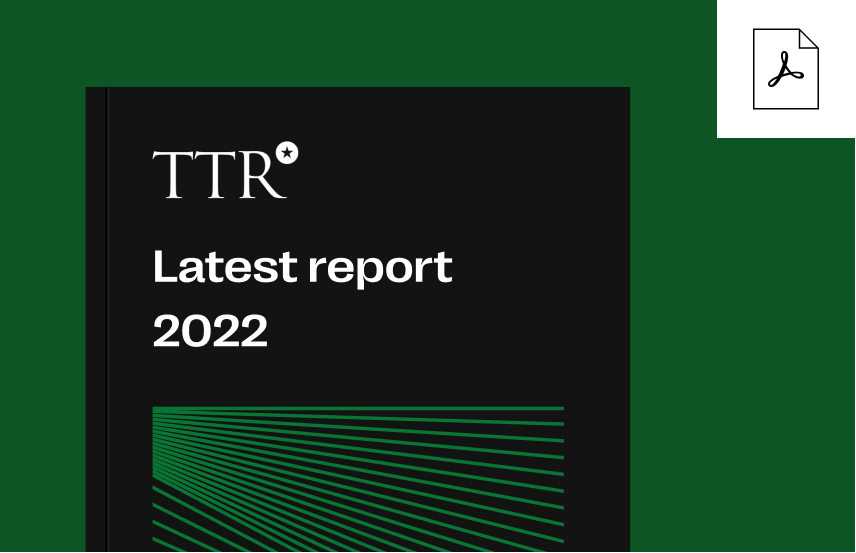Biopharmaceutical companies are reinventing their model after the COVID-19 pandemic, looking for new markets and how to generate an optimal relationship with them. One way Life Science companies are doing this is by examining their long-term business plan to ensure that the portfolio aligns with their future needs.
With this in mind, the M&A Community organized an exclusive event to look at some of the current issues affecting the global pharmaceutical industry and how its trend for diversification is already impacting Latin America.
What is the context in Latin America and what makes it different from the rest of the world?
Reaching the Latin American market, for any type of investor, is a challenge, not only because of the need to arrange transactions or close business, but also because of the implications of operating in a different region. The experts on positioning in Latin America conclude that understanding the culture is key; learning how business is done in the region and how to cope with the regulatory regimes.
Sebastian González: Latin America is a complete universe, which has its own ways of understanding and functioning, making it challenging to diversify a Life Science portfolio.
Paulo Brehmer: In order to expand our foray into M&A we continuously analyze potential markets etc. When we do the math and find that a certain place would be good for us and suitable to invest, we do, but we always need to review the wider context. And given my experience in Latin America, I can say that the biggest challenge is regulation. There are so many health regulations that we have to comply with.
González and Brehmer explained the cultural gaps that can exist between each business, which can be different from those in the United States, Europe or Asia. On some occasions, Brehmer notes , “it can take up to two years for a project to be approved.”
Much of the complexity is down to politics, for example agrobusiness is usually the most closely tied to government administration, but is also one of the most important sectors for investment or new projects. So learning to understand the culture will help companies cope in future.
Fabio T. Schmitt: Do not underestimate the importance of generating stable demand and production in sectors such as agriculture, pharmaceuticals and consumer goods. Latin America has demographic, political and economic aspects that must be considered as differentiators, so the new markets and new opportunities that are most attractive in Latin America are also those that pose the greatest challenges.
What are the benefits, opportunities and risks of investing in LATAM?
The portfolio of pharmaceutical companies is continuously changing, which means the sector is continually evolving. It is a fast-moving sector. Large players enter the market to compete with large pharmaceutical companies, and there is ongoing competition with the generic market, which is why it is so important to consider how each country operates and which approach to take in each case. Faced with this, our experts set out certain challenges and perspectives.
Sebastian: When an investor looks at Latin-America he has to ask himself many questions which, if properly answered, will ensure success.
González advises that to enter the Latin world, investors must understand the contextual difficulties; obtaining the right materials for the industry, how the deals are specified. Which makes closing a business a great opportunity to improve the sector, and the additional challenges don’t necessarily have a negative impact on deals.
Fabio: After the first approach, the most difficult part of a deal is how to start a project once it’s approved. What do you do when the deal is about to be made? How do you close it? These are the principal questions when we are analyzing a possible investment. Latin America is a market that attracts large players, so there is a lot of private capital keen to invest, more than you might imagine, and this is in itself is diversifying the market, as the new players bring ideas from non-regular sectors in Latin America, such as medical technology, innovative pharmaceuticals, even the communications sector since all companies want to know about their product and are researching the data they obtain from patients, to help them grow. The new challenge is all about data; knowing how the products are disseminated and how medicines are performing.
Paulo: One of the stand-out problems when operating in Latin America is its lack of domestic materials’ production. You see new acquisitions everywhere and new technological products, but they are all based on imports. Latam is not a producer of materials for the pharmaceutical industry, and they have to be brought in from established producers in countries such as India or China.
What is the future of investing in life science in LATAM?
The future of the sector, despite what has already been said, does not lie in the conclusion of a deal or in the diversification of products, but in the creation of a solid industry and strong businesses to generate confidence among investors and consumers. Understanding new cultures, the importance of working at home, are ways to attract new talent, new groups of people looking to enter a more cohesive company. This will be reflected in the market, as employees look for flexibility and protection.
Paulo: I think the future of pharmaceuticals is in startups, in small companies that diversify. They are born and executed with small human capital, but they care about having an important and balanced presence.
Fabio: This new normal brings new challenges. Employees want loyalty and job satisfaction. So, the first step towards this would be to strengthen the communication network, which in pharmaceutical companies is usually very complex because of the need for accurate medical terminology, but that if achieved could generate a positive inclusive factor.
Competitiveness today has several aspects;, it is not only about being a strong company but also a domestic one, so when operating in a place like Latin America you look like a local company. This means being more creative with what is produced so that the company fits into the local culture. With a population in constant growth, the vital thing is to be in touch with this movement and so generate an environment that matches each location.
Life science in Latin America
The pandemic had a mixed impact on life sciences, and the sector is changing to cope with life after COVID. Any would-be investor needs to get to grips with what may be an unfamiliar culture, where regulation is tight, materials are mostly imported, and attracting and retaining staff post-pandemic may require some innovative thinking. Not forgetting that positioning a company as local or at least domestic, will help ensure that it is seen as a long-term prospect, with a future in Latam.






